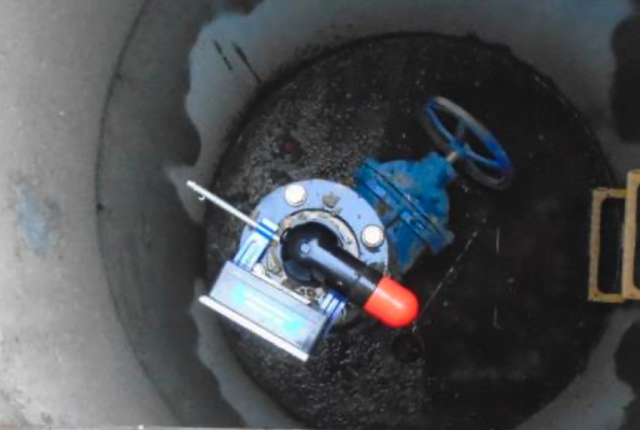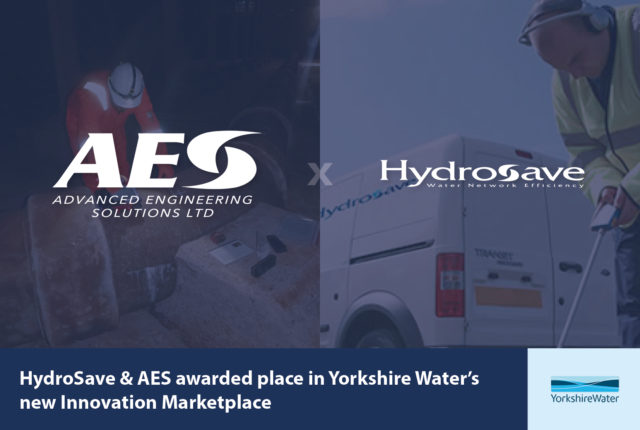SmartCAT® pipeline condition assessment
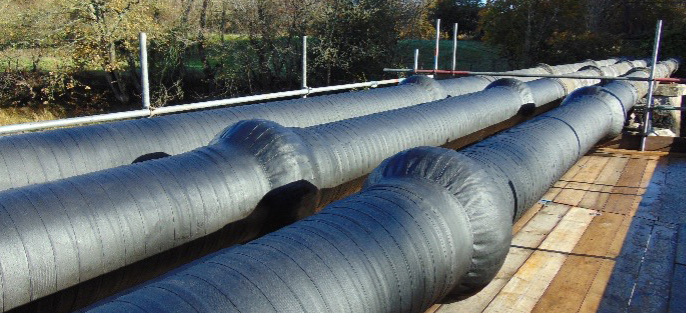
CONTRACT VALUE: £150,000 (Works carried out as part of a larger contract)
CONTRACT DATES: May 2019
We were commissioned to inspect three ageing, operationally critical, potable water mains at a strategic crossing location. This pipe bridge inspection was part of a wider fitness for purpose assessment of the 40 km long pipelines which also included a review of historic assessment work conducted over a 20 year period. The below pictures show the pipe crossing, erected scaffold for access and AES’s SmartCAT® MFL tool being implemented on one of the mains.
The main is constructed of steel spools along the crossing and cast iron bends at each embankment. We were tasked with providing a detailed assessment of the mains condition, fitness for purpose and to provide remaining asset lives. At the location of the strategic crossing, we also liaised with local landowners and arranging scaffolding to gain access to the pipelines.
ASSET CONDITION
AES’s pipeline condition assessment is targeted at determining the likelihood of structural failure due to bending loads, fracture initiation from individual defects, and leakage due to through wall corrosion. The AES analysis calculates the likelihood of each of these failure modes occurring in order to allow targeting of problem areas.
AES worked closely with the client and liaised with relevant subcontractors to arrange pre site visits to assess access and any potential enabling works which would need to be required prior to undertaking the inspection works. AES arranged for scaffolding access to be erected to enable the inspections work to be carried out.
AES completed a non-destructive condition assessment of the pipework, whilst the mains were in service, using a combination of ultrasonic inspection technology and AES’s patented SmartCAT, magnetic flux leakage tool, to identify and measure wall thickness variation and pipe wall corrosion.
A visual survey of the external coating, joints, flanges, supports, and restraints were also carried out with the condition of each being recorded. On completion of the site works, AES reinstated the external coating using a Denso Clad type wrap system to which AES are approved applicators.
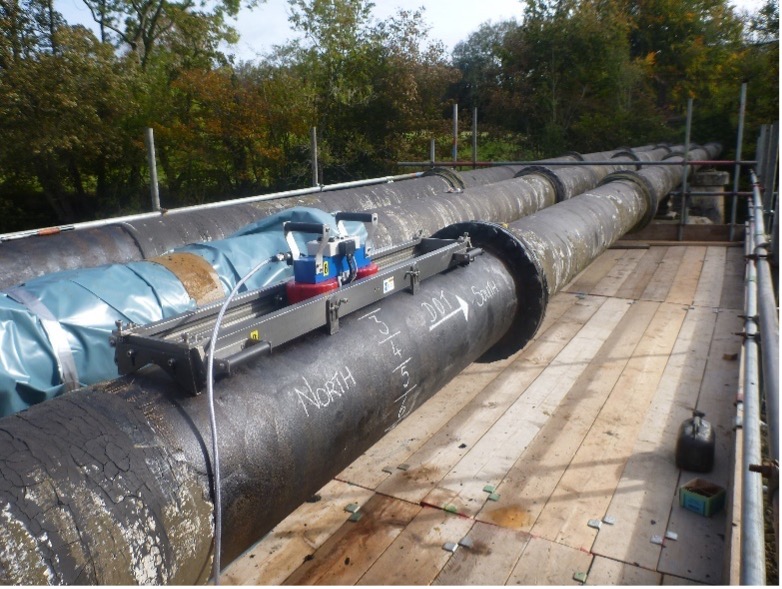
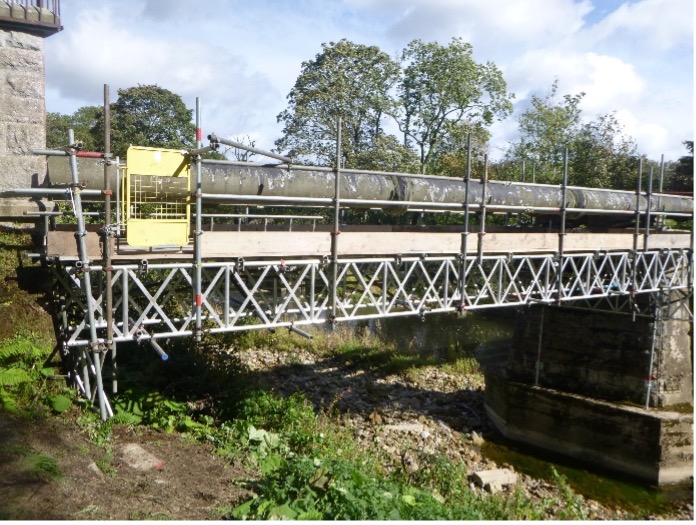
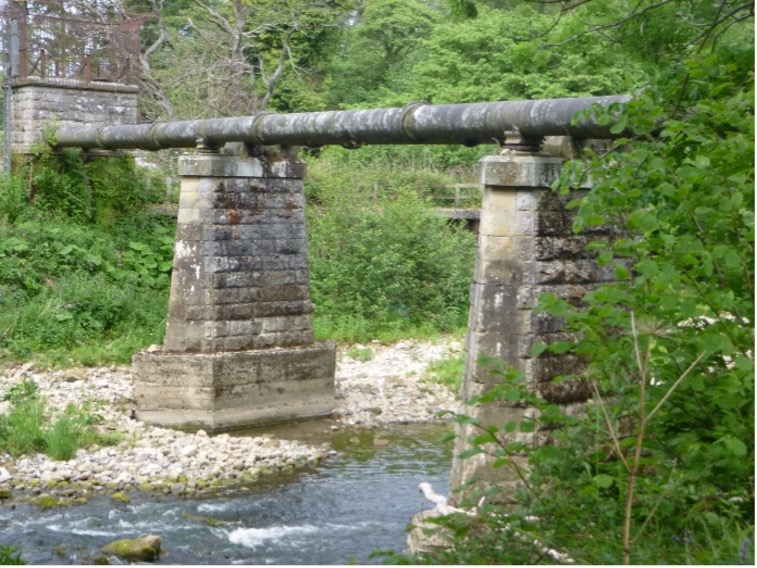
DEGRADATION
The ultrasonic inspection found that the wall thickness was thinner than that specified within manufacturing tolerances, typically attributed to general wall loss occurring over the service life of the mains. AES’s patented SmartCAT, magnetic flux leakage tool, identified internal and external pitting corrosion at each of the inspected pipe sections, allowing the remaining lives to leakage to be calculated. (life to the attainment of potential through wall corrosion). A structural assessment of each pipeline was carried out to confirm that the mains were still fit for purpose under the current internal operating pressures.
AES undertook a visual assessment of the pipe supports and identified heavy corrosion at certain areas. These areas of concern were highlighted both during the site works and within the final condition assessment report, allowing records to be kept for potential remediation and future works.
As the mains are routed above ground, over the crossing, an assessment of potential expansion due to temperature extremes was also carried out. This led to AES recommending that further investigation works is carried out on the installed expansion joints as during the visual assessment these were noted to be visually heavily corroded.
DETERIORATION
The localised pitting corrosion identified from the magnetic flux leakage inspections allowed the corrosion rates to be determined along with a calculated life to leakage of the pipe sections. The inspection data from each site could then be extrapolated, using AES’s patented extreme value analysis (EVA) approach, along the uninspected sections of the pipe corrosion. This allowed the condition of the full length of the pipe crossing to be determined, without having to provide means of access to difficult to reach areas.
The calculated corrosion rates were applied within the structural analysis model to provide an expected remaining service life of each of the mains until potential structural failure.
RECOMMENDATION FOR INTERVENTIONS
Following the onsite works, AES provided the client with a better understanding of the condition of the pipe crossing, both focusing on the condition of the pipe barrels and the supports, joints and restraints. The results of the assessment allowed the client to create a pro-active maintenance schedule including; a return period for future inspections, management of coatings and maintenance requirements of pipe supports. Helping to reduce future risk of failure, minimise leakage and potentially avert future unplanned outages at the supplied service reservoir downstream.
